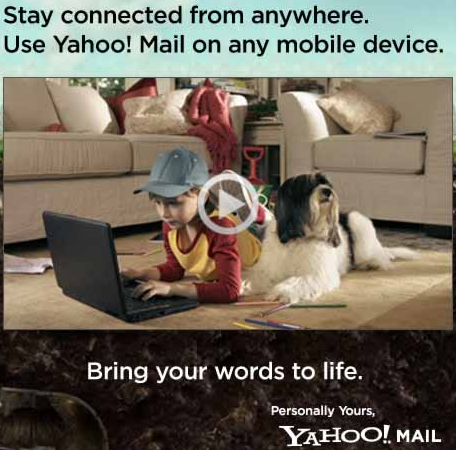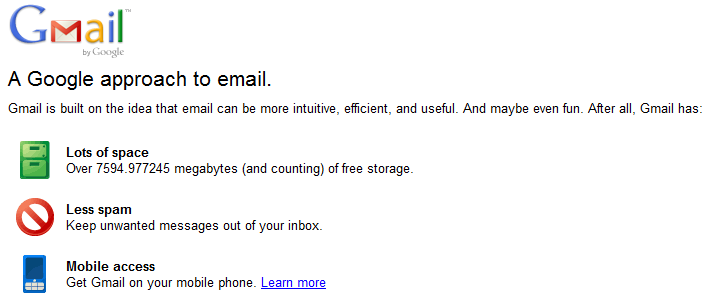Product is everything
June 24, 2011Yes, a good sales guy can close some deals, BUT WITHOUT PRODUCT
It doesn’t snowball.
Yes, a huge SEM spend will produce revenue, BUT WITHOUT PRODUCT
The margins will be thin.
Yes, PR explodes a business, BUT WITHOUT PRODUCT
It falls away.
The product can be widgets, time, a book, or the promise of better results, but the story’s always the same. Great companies with great revenues are built on great products.
Yes, you need distribution channels, but if you’re wonderingRead more…
Continue reading >Yes, a good sales guy can close some deals, BUT WITHOUT PRODUCT
It doesn’t snowball.
Yes, a huge SEM spend will produce revenue, BUT WITHOUT PRODUCT
The margins will be thin.
Yes, PR explodes a business, BUT WITHOUT PRODUCT
It falls away.
The product can be widgets, time, a book, or the promise of better results, but the story’s always the same. Great companies with great revenues are built on great products.
Yes, you need distribution channels, but if you’re wondering where to put the next dollar, put it into product. 10 Wows speak more loudly than 100 Ehs.
...Read lessClever marketing talks to people like they’re smart
June 18, 2011The best marketing messages speak to me like I’m smart.
Big brands create big-budget, head-in-the-clouds taglines and messages. Case in point: AT&T’s tagline is “Your world. Delivered.” What does that mean?
That’s all well and good for big brands — I suppose — but I expect more from your nimble, performance-focused business.
State benefits in simple English. It’s great to have voice, flavor and humor, but let’s not be ridiculous. Consider the Yahoo! Mail marketing message below.Read more…
Continue reading >The best marketing messages speak to me like I’m smart.
Big brands create big-budget, head-in-the-clouds taglines and messages. Case in point: AT&T’s tagline is “Your world. Delivered.” What does that mean?
That’s all well and good for big brands — I suppose — but I expect more from your nimble, performance-focused business.
State benefits in simple English. It’s great to have voice, flavor and humor, but let’s not be ridiculous. Consider the Yahoo! Mail marketing message below. Am I to take seriously that an online email solution will “bring my words to life?”
I know what email programs are capable of. One inbox might be better than another, but it’s not likely that one of the benefits will be breathing precious life into my daily compositions.
Now let’s look at Gmail’s message.
I get it. Lots of space, less spam, and mobile access. Take it or leave it. This is a company I believe in, so needless to say, I’m biased. But there are no outrageous promises here about bringing my words to life — only a few benefits very relevant to what I expect of an online email service. These are, for the most part, the things I care about.
Let’s take another example: Mint.com versus Quicken. Yes, they’re both Intuit companies now, so there are similarities, but to make my point, I’ll just look at the biggest words on the homepage of each.
Mint: The best free way to manage your money
Yup. I get it. What is it? An online tool to manage my money. Why should I use it? It’s apparently the best free way to do that.
Quicken: Find balance with Quicken
Punny, yes. But will this personal finance tool really bring “balance” to my life? Unlikely. Why not use the biggest words on the page to tell me what it is and why I should use it?
Your marketing message can be clever without speaking to people like they’re fools. In fact, any message — all marketing aside — is better received when you make people feel smart. That’s one thing about clever marketing: when it hits, you feel no pain.
What are some marketing messages that treat you kind? Can you name some that suck? Tell us in the comments, or better yet, tell us on Twitter.
...Read less
